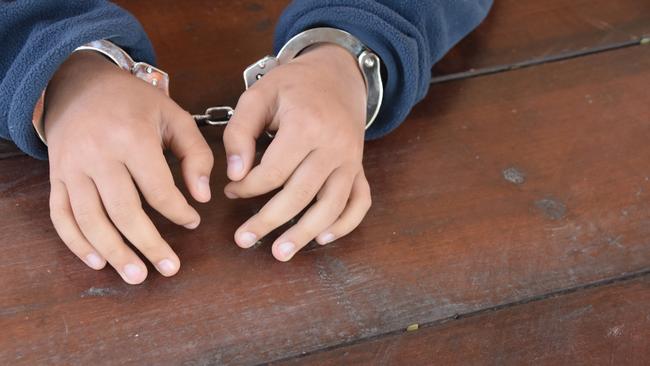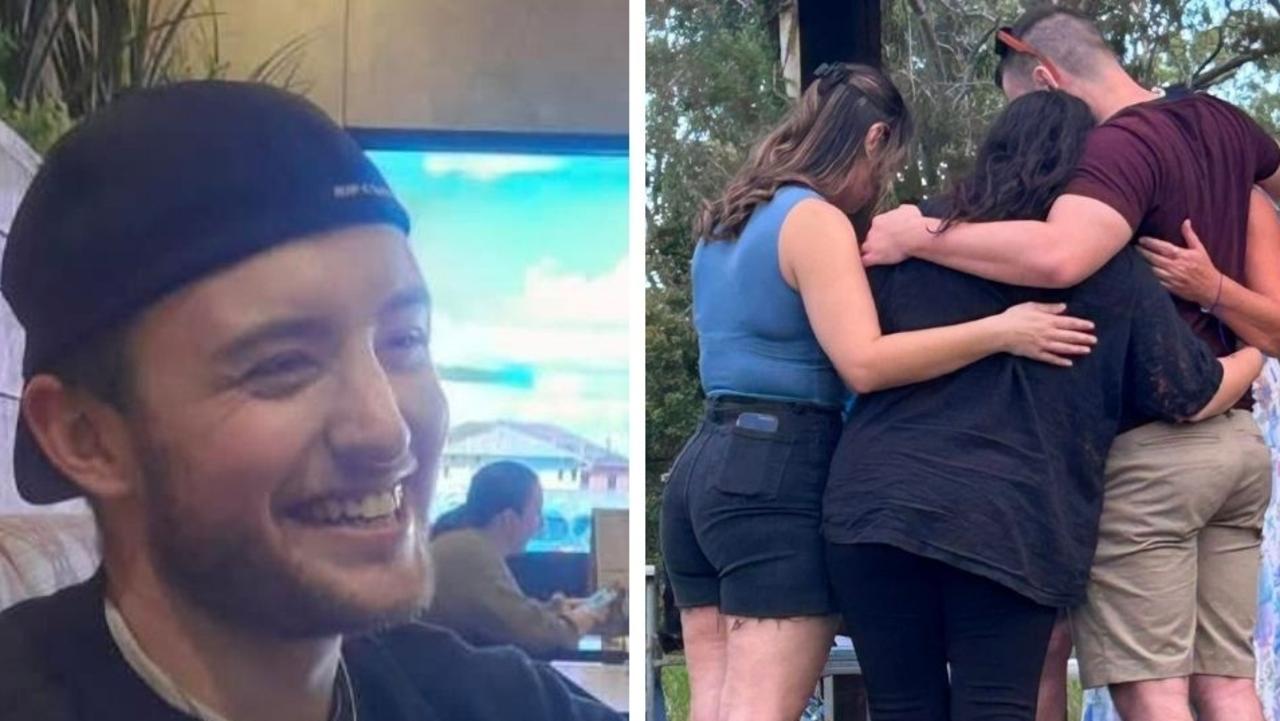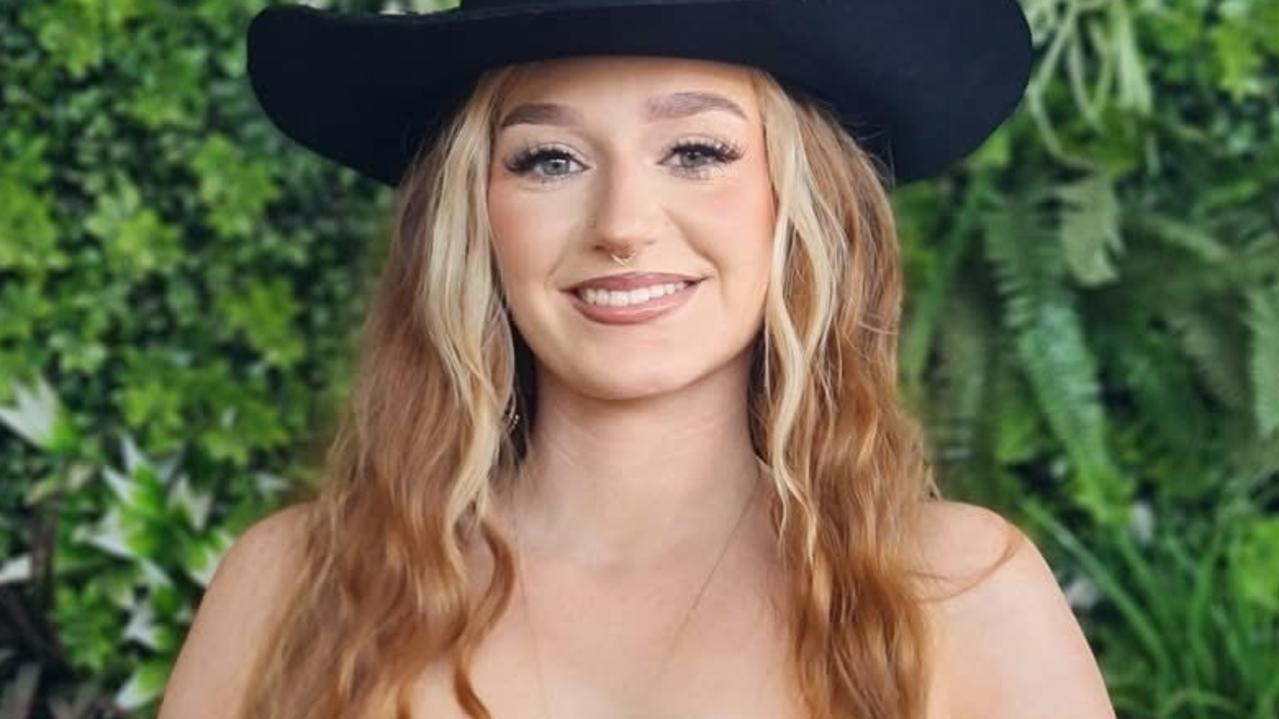There’s more to youth crime than meets the eye
Expert says when it comes to a crack down on juvenile crime, restorative justice is the way to go.

South Burnett
Don't miss out on the headlines from South Burnett. Followed categories will be added to My News.
IN RESPONSE to Member for Nanango, Deb Frecklington again calling on the State Government to crack down on youth crime in the region, the South Burnett Times has been delving deeper into our region’s youth crime issue.
The Times spoke to a local expert in restorative youth justice to discuss the more positive ways the community can approach the complex issue of juvenile crime and social disengagement.
Cherbourg Youth Justice Service Centre manager Gaye O’Sullivan strongly believes the answer to resolving youth crime lies in the restorative justice, specifically the role of the conferences where both the victim and the offender can come together and find productive ways to resolve and even improve cases of juvenile crime.
“Restorative justice conferencing is a justice process used as a response to offences committed by a child,” Ms O’Sullivan said.
Restorative justice is an internationally recognised evidence-based response to criminal behaviour.
It views a criminal offence as more than an act of breaking the law and examines the impact on society, the harm caused to the victim, family relationships and the community.
“When it comes to restorative justice, the overall principle is repairing the harm that’s come about because of the crime in whatever way that is meaningful to the victim,” she said.
“It is a very powerful experience for both parties involved because it often becomes an opportunity for both the offender and the victim to understand what the other party is going through.

“For example, we have held conferences where the victim has explained how the house break-in has affected them while they were spending significant time in hospital with a close relative who’s in palliative care.
“And they shared how this offence impacted on them because it took time away from their relatives to deal with the impacts of the crime and this was the first time the young person had to really sit there and think about the way they’ve impacted this person’s life.
“So this was a wonderful opportunity to build their victim empathy and I can honestly say you could visibly see on their faces the realisation of the impact.”
Ms O’Sullivan revealed the restorative justice conferences had a high success rate in terms of reoffending.
“A recent evaluation has found 77 per cent of young people who complete restorative justice conferencing do not reoffend or show a decrease in offending behaviour in the six months after the conference.
“There’s also evidence of significant benefits for the victims to, in a 2018 evaluation it showed 89 per cent of victims were satisfied with the outcome of the conference, and over 70 per cent of the victims reported the conference process helped them to manage the effects of the crime.”
Ms O’Sullivan said the decisions and agreements made in conferences vary greatly, with the general focus on the juvenile in question receiving a “punishment” the victim feels not only befits the crime, but will also prompt a recovery back into a more positive lifestyle.
Some of the different options can include community service and volunteer work, spending more time with elders and grandparents or making a promise to return to school and complete further education and training in a field of interest or passion.
“What ultimately comes out of a conference is an agreement the young person signs making it a binding agreement where they’re basically saying “these are the things I’m going to do to make up for what I’ve done.
“It really is a chance for them to turn their lives around and start to think more about their actions and the impacts they have on other people in the community.
“I think the key message is it’s not an easy option … Young people find this a very confronting experience but ultimately restorative justice conferencing is an extremely powerful tool when it comes to addressing youth crime in areas like the South Burnett.”


